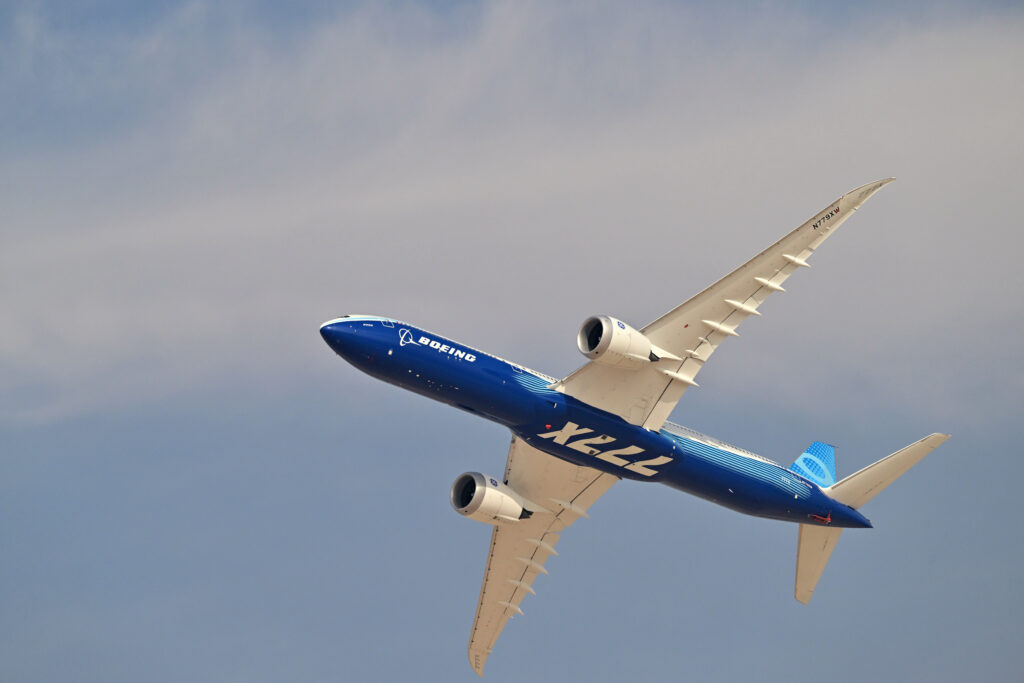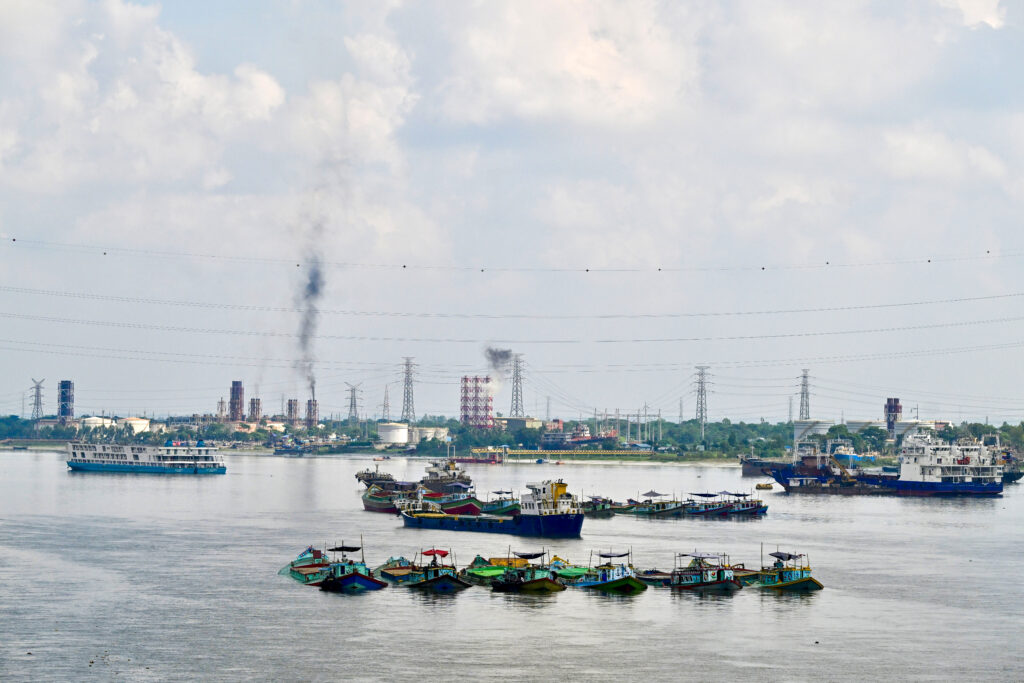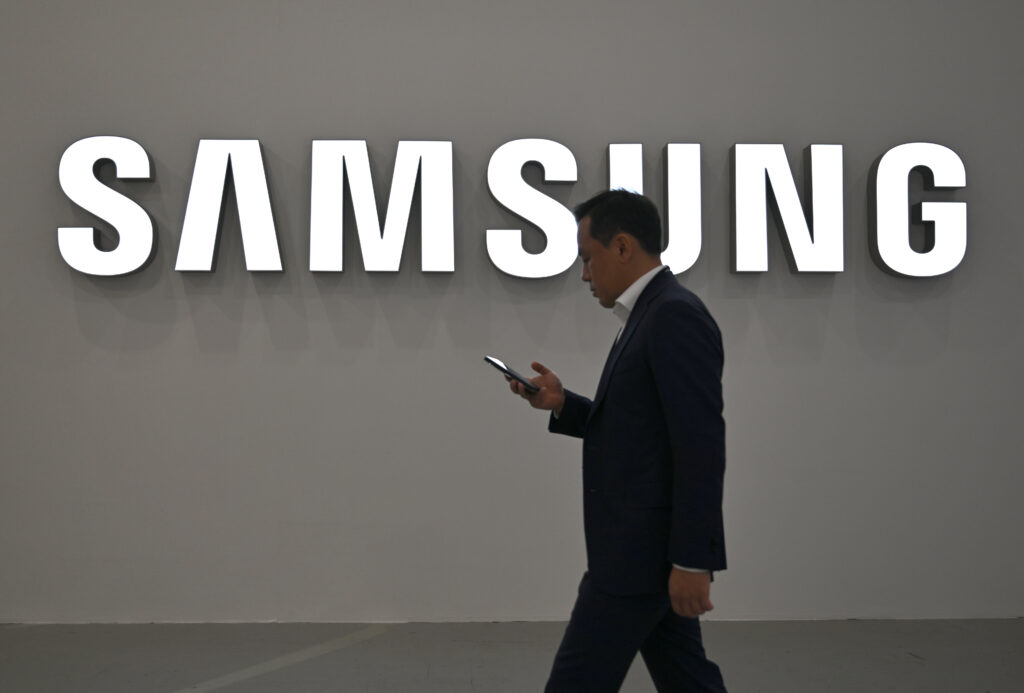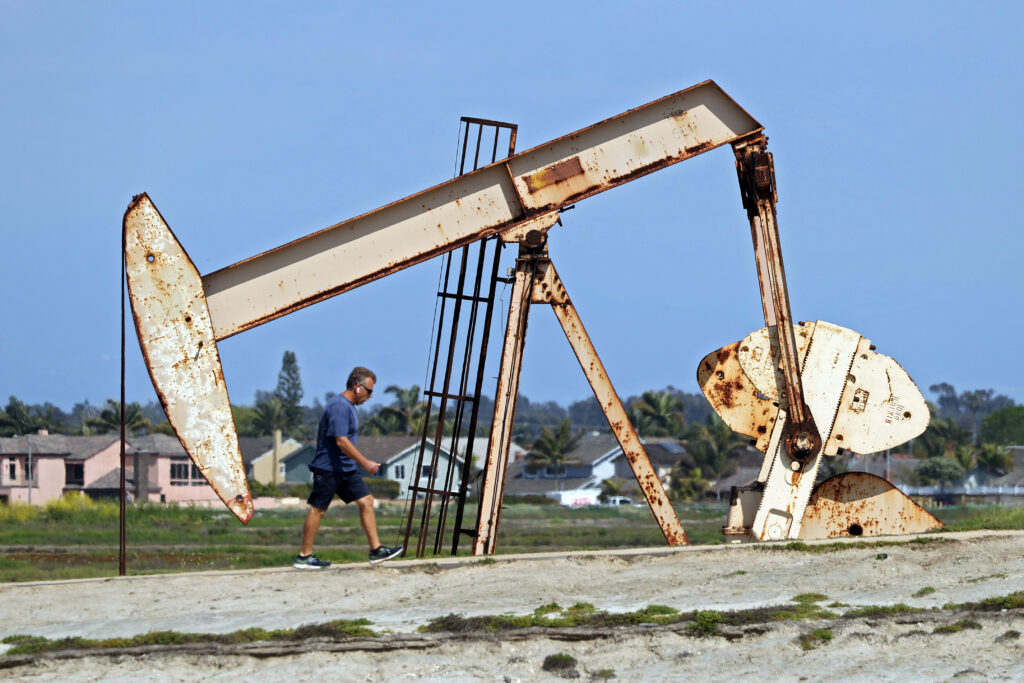Emirates orders 65 more Boeing 777X planes despite delays
Emirates, the Middle East’s biggest airline, topped up its order of Boeing 777X planes on Monday despite years of delays, delivering a vote of confidence to the US manufacturer at the Dubai Airshow.The order of 65 777-9s, valued at $38 billion including engines, came despite last month’s announcement that delivery was now due in 2027 — seven years behind the original schedule.Emirates, already the biggest customer for the Boeing 777, now has 270 777X, 10 777 freighters and 35 Boeing 787s on order.The 777X deliveries will start in the second quarter of 2027, Emirates Group chairman and chief executive Sheikh Ahmed bin Saeed Al Maktoum said.”Some people may have doubts about Emirates’ huge backlog of aircraft orders,” he told a press conference. “But I assure that each and every aircraft on order has been carefully factored into Emirates’ growth plans.”The announcement on day one at the biennial airshow, the biggest in the Middle East, came as China showcased its COMAC C919 for the first time in the region.China’s first domestically produced passenger jet is a stab at challenging the decades-long dominance of Boeing and its European rival Airbus.Brazil’s Embraer unveiled orders from Air Cote d’Ivoire for four passenger planes and another three for Switzerland’s Helvetic Airways.Boeing also announced smaller deals with Ethiopian Airlines, which ordered 11 737 MAX jets, and nine 737-8s for Air Senegal on Monday.The US plane-maker is trying to turn the page on a torrid period including deadly crashes, court cases and a strike in its defence arm, as well as the delivery delays.- ‘Do more business’ -“I don’t think there was any convincing that needed to be done, frankly,” Brad McMullen, Boeing’s senior vice-president of sales and marketing, said of the negotiations with Emirates.”I think they’ve committed to the 777-9, their future depends on it. Our future depends on Emirates. “So, when two parties depend on each other, you can normally find a way to do more business.”Boeing’s delays have forced Emirates to refurbish much of its existing fleet, including its Airbus A380s which are now out of production.As it searches for ways to replace the giant A380s, the latest order includes the option to upgrade to a bigger version of the 777X, if Boeing chooses to build it.Boeing will take a “hard look” at building a bigger plane, but has not made any commitments, McMullen said.”We have committed that we’re gonna study it. And that’s what we’re gonna do,” he said.”It’s probably no secret that Emirates has wanted a bigger aircraft to replace the A380s, and we’re gonna see if that’s our airplane.”Emirates also said it would start rolling out free in-flight wifi via Starlink, Elon Musk’s satellite-powered network, from Sunday.







